
Elaine Mayes might well be the most accomplished photographer and photography educator that many passionate photography aficionados have never heard of. As one of the very first women teachers of photography who learned her craft primarily in art school, Mayes has influenced generations of photographers while quietly, steadily and tenaciously pursuing her own vision as a creative artist. This summer, Mayes’ work from her seminal Autolandscapes series will go on display through January 2014 at the Smithsonian’s American Art Museum, alongside work by Steve Fitch and Robbert Flick.
Mayes, who defines her aesthetic, in part, as a “Walt Whitman approach” to photography — i.e., embracing influences found in “everything and in nothing” — has taught both photography and film at the University of Minnesota, Hampshire College (where she was a founding member of the faculty), Pratt, Bard and several other schools. (She’s currently Professor Emerita in NYU’s Tisch School of the Arts.) She studied with Minor White; was friendly with the likes of Bruce Davidson, John Szarkowski and Diane Arbus in the 1960s and beyond; has shown her work at MoMA New York, MoMa San Francisco, the Brooklyn Museum and elsewhere; and cites fellow artists like Paul Caponigro and Wynn Bullock as major influences on her photography.
Her work belongs to no “school.” Instead, across six decades, Mayes has employed a deeply individualistic sensibility — nowhere more evident than in the Autolandscapes (1971). She had just gotten a job teaching at Hampshire when, after requesting an NEA grant for $3,000, she won a grant for a mere third of that. Undeterred, she drove across country with her husband and four cats, chronicling the landscape — other automobiles, gas stations, homes, factories, road signs, cows, empty tarmac. The result is a marvelous, unadorned, understated and perfectly “of its time” document of early Seventies Americana. Focusing on the horizontal plane witnessed outside of her moving car, the photos formalize the idea of capturing movement in a way that also seems to slow, and even stop, time.
The work seen in this gallery, meanwhile, is primarily comprised of photos that are part of an ongoing series Mayes began when she moved to Minnesota to teach in the 1960s, and has continued to work on through today. With her keen interest in photos that have a mysterious quality, and images where the scene is big, but the tiniest details are still cleanly visible, Mayes characterizes her own goal as an effort to make photographs by “responding [to her environment], but not knowing why.”
This body of work will be on view as part of a group exhibition, Landscapes in Passing: Photographs by Steve Fitch, Robbert Flick and Elaine Mayes, at the American Art Museum in Washington D.C.
Liz Ronk is the photo editor of LIFE.com.
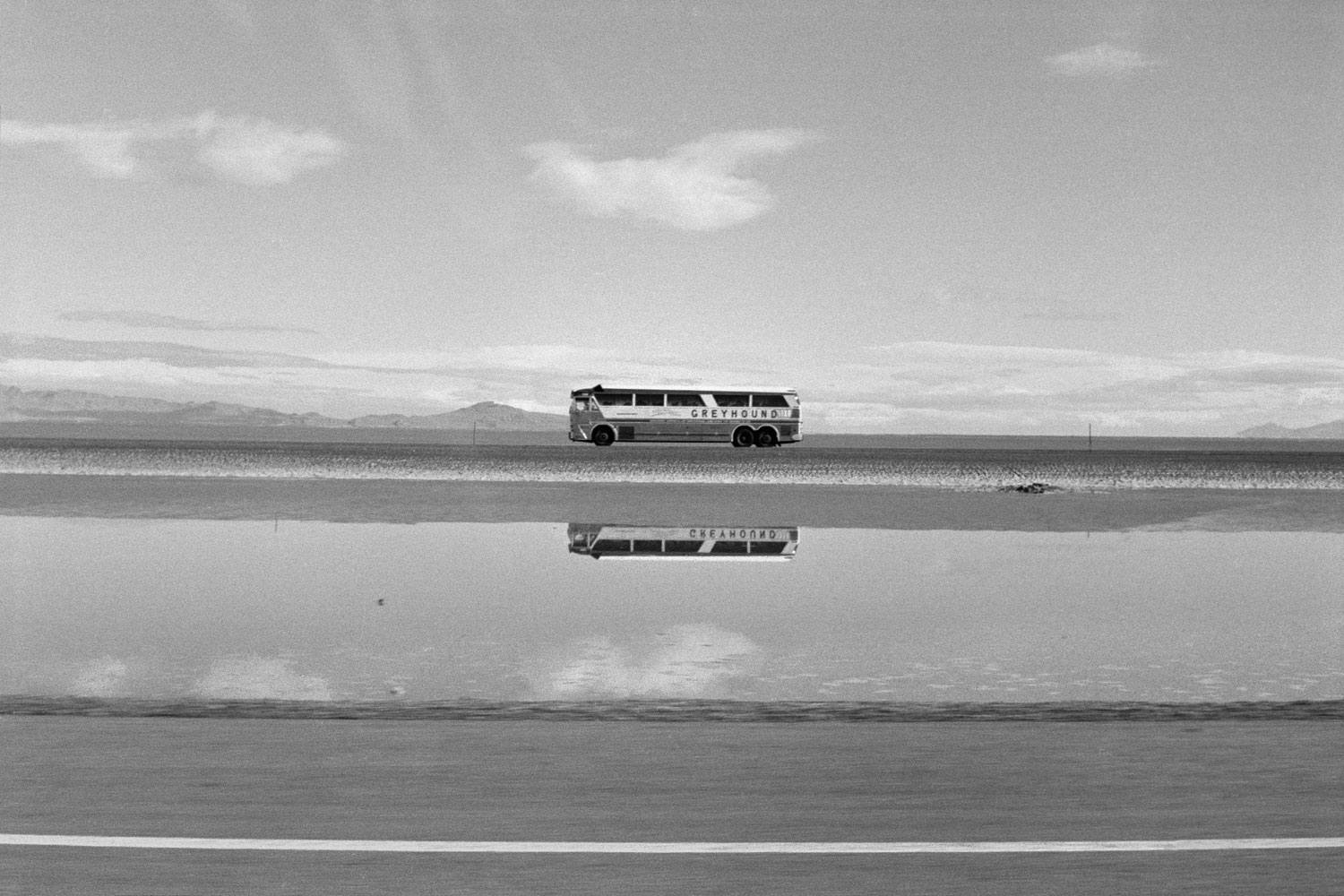
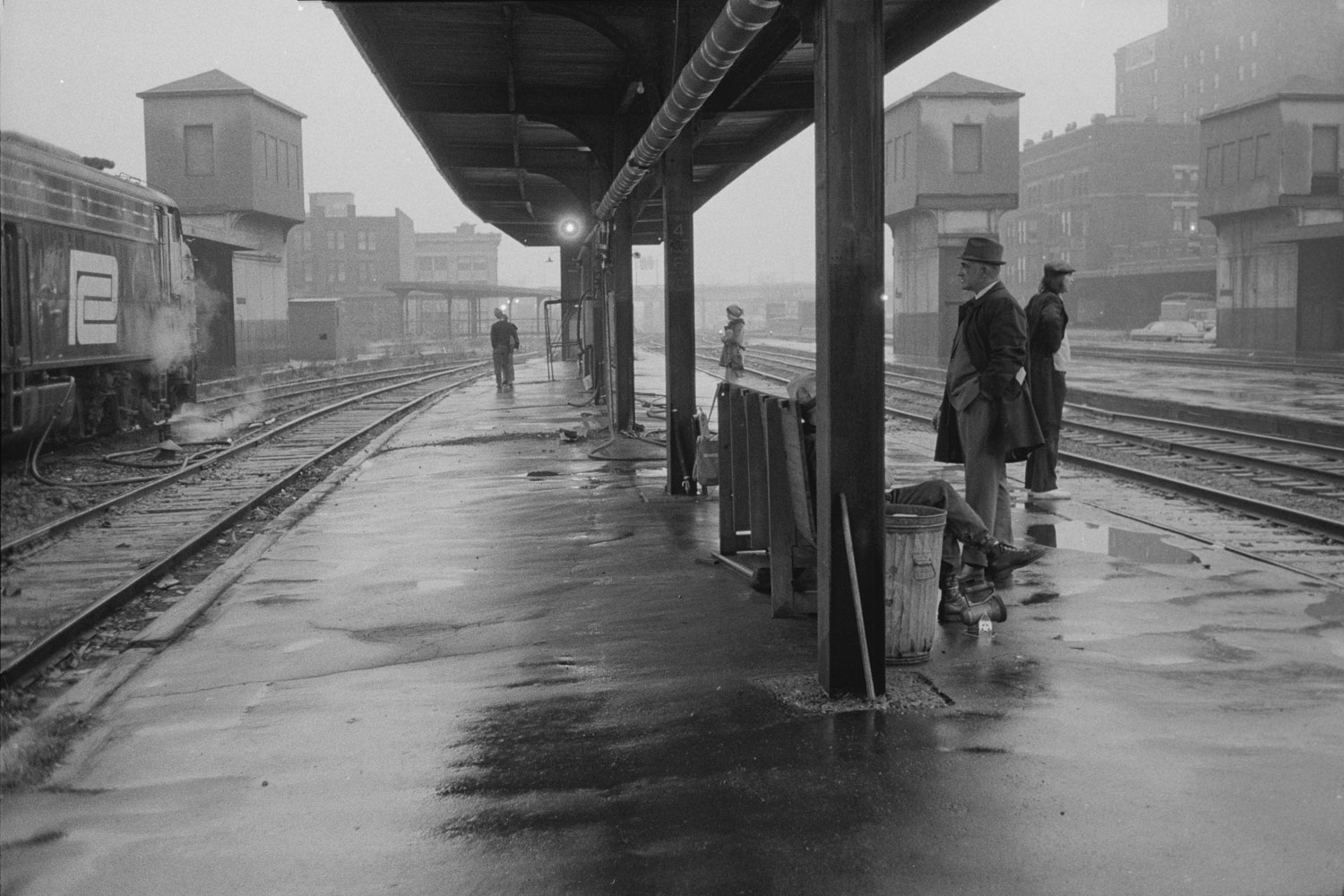
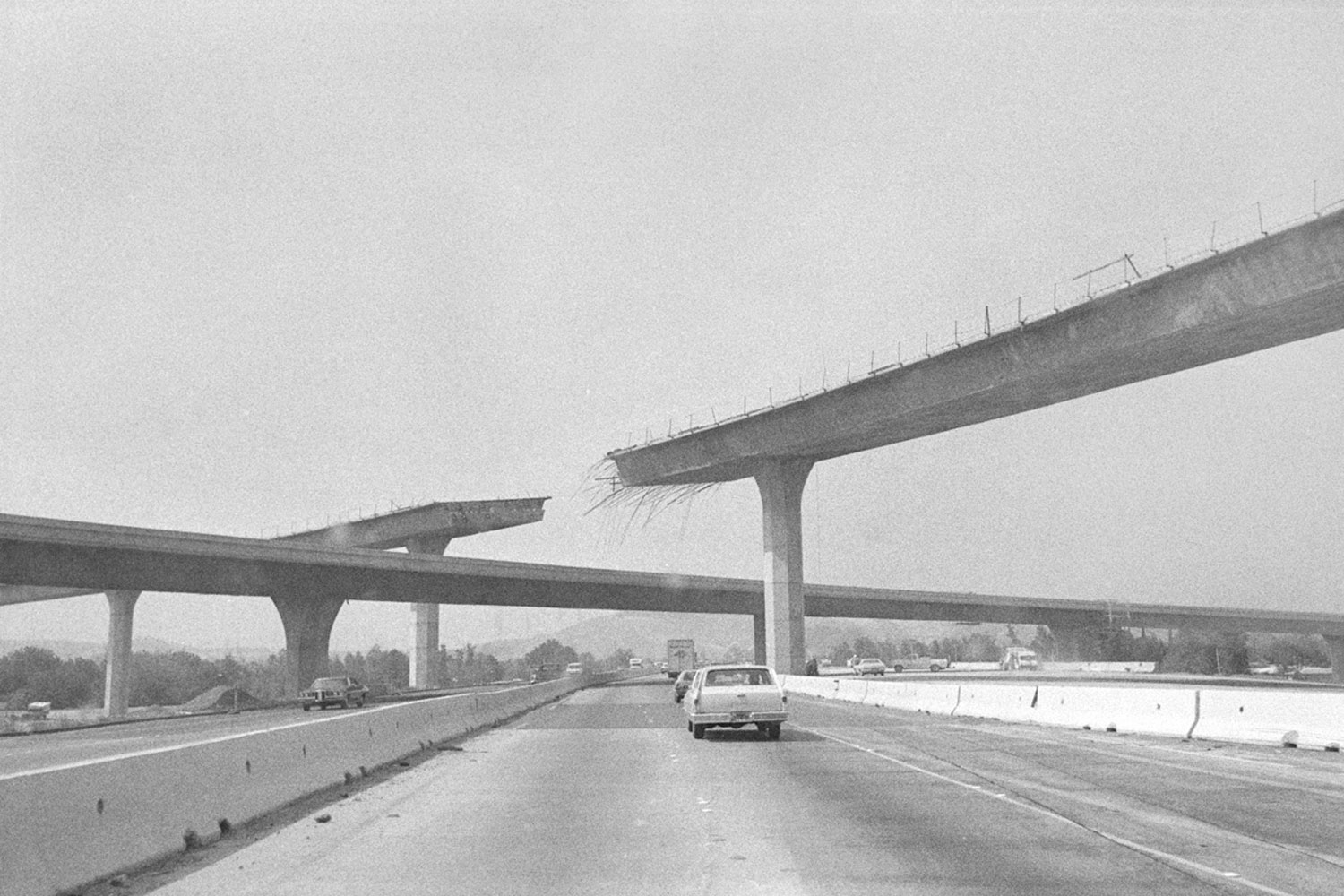
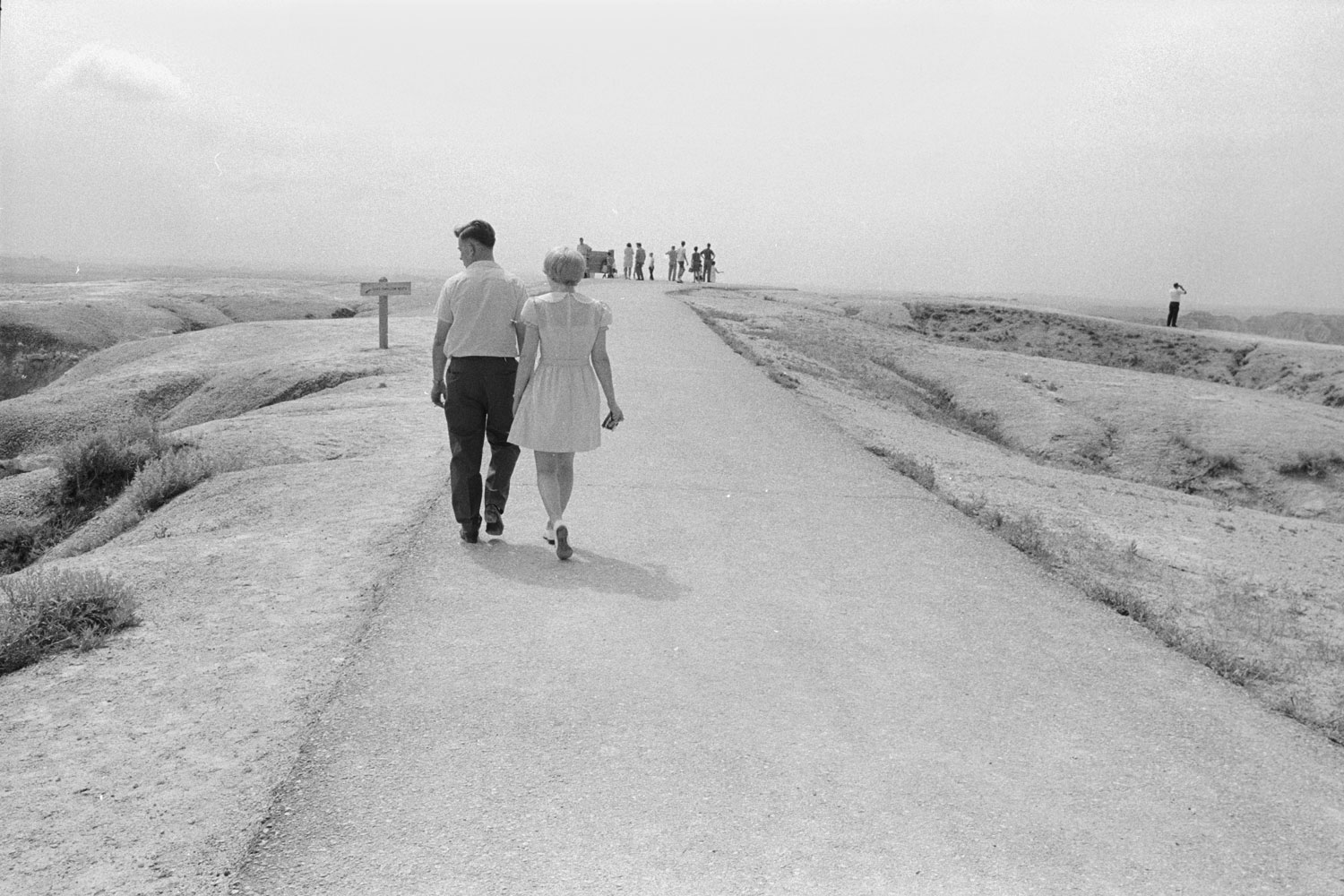
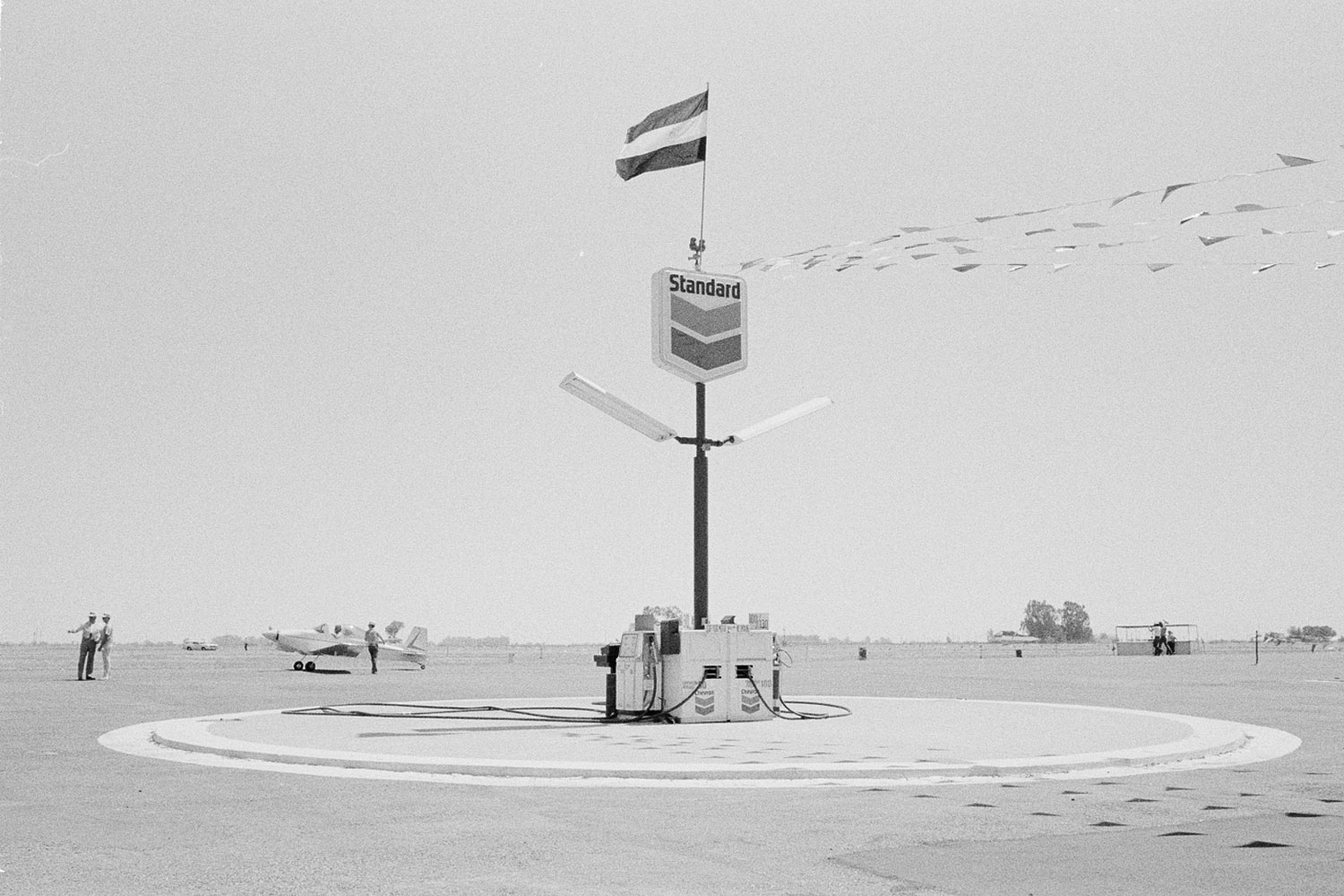

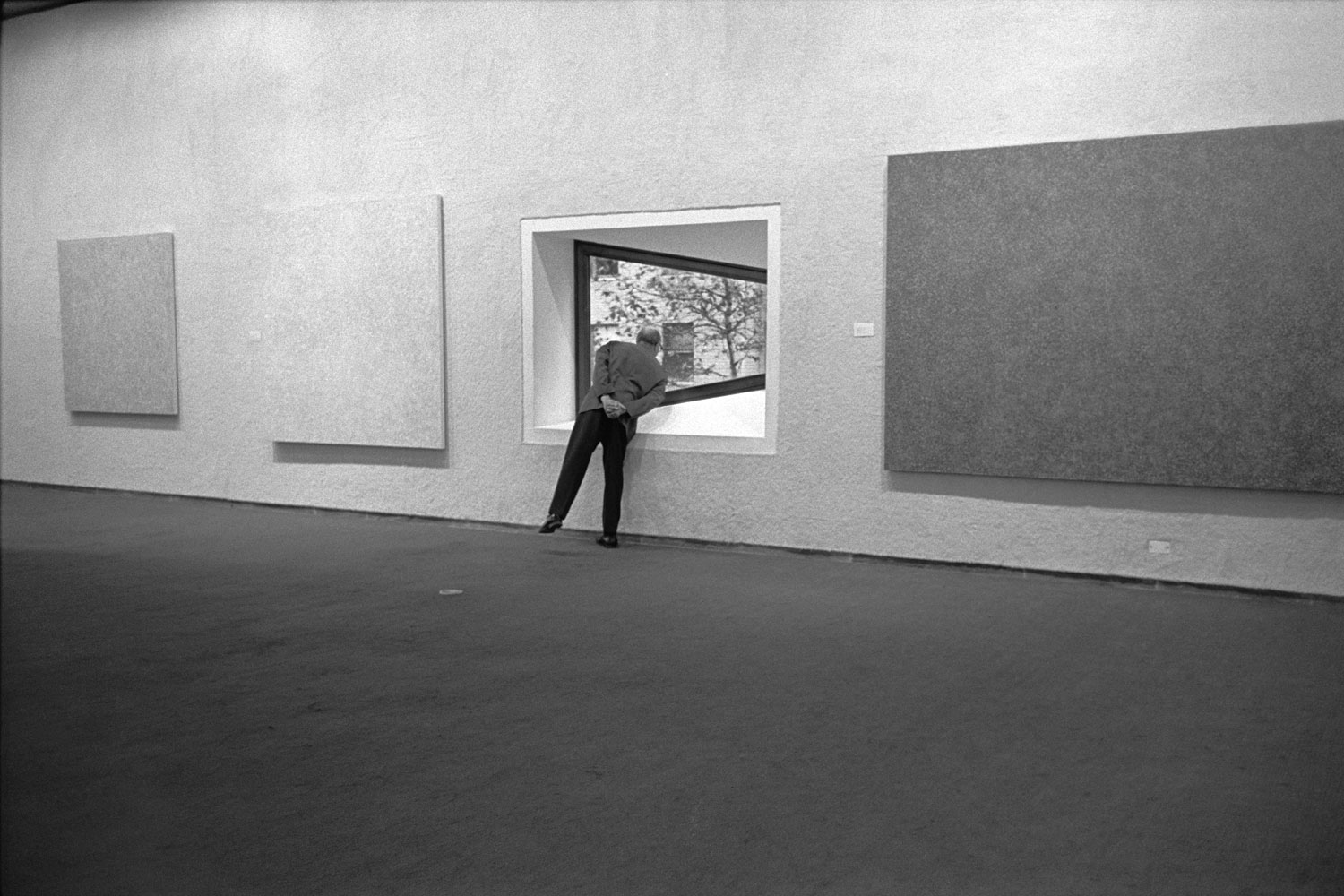


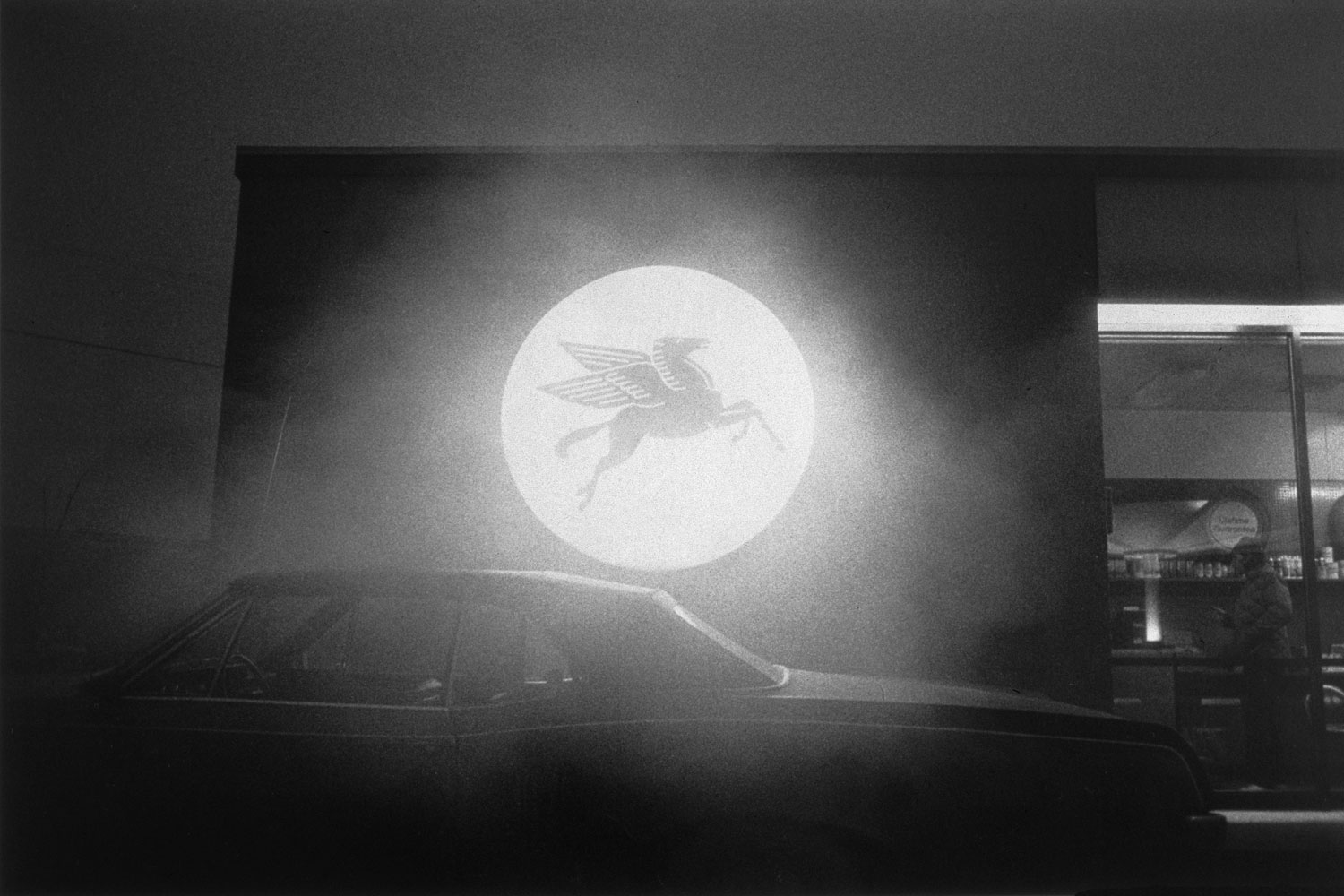


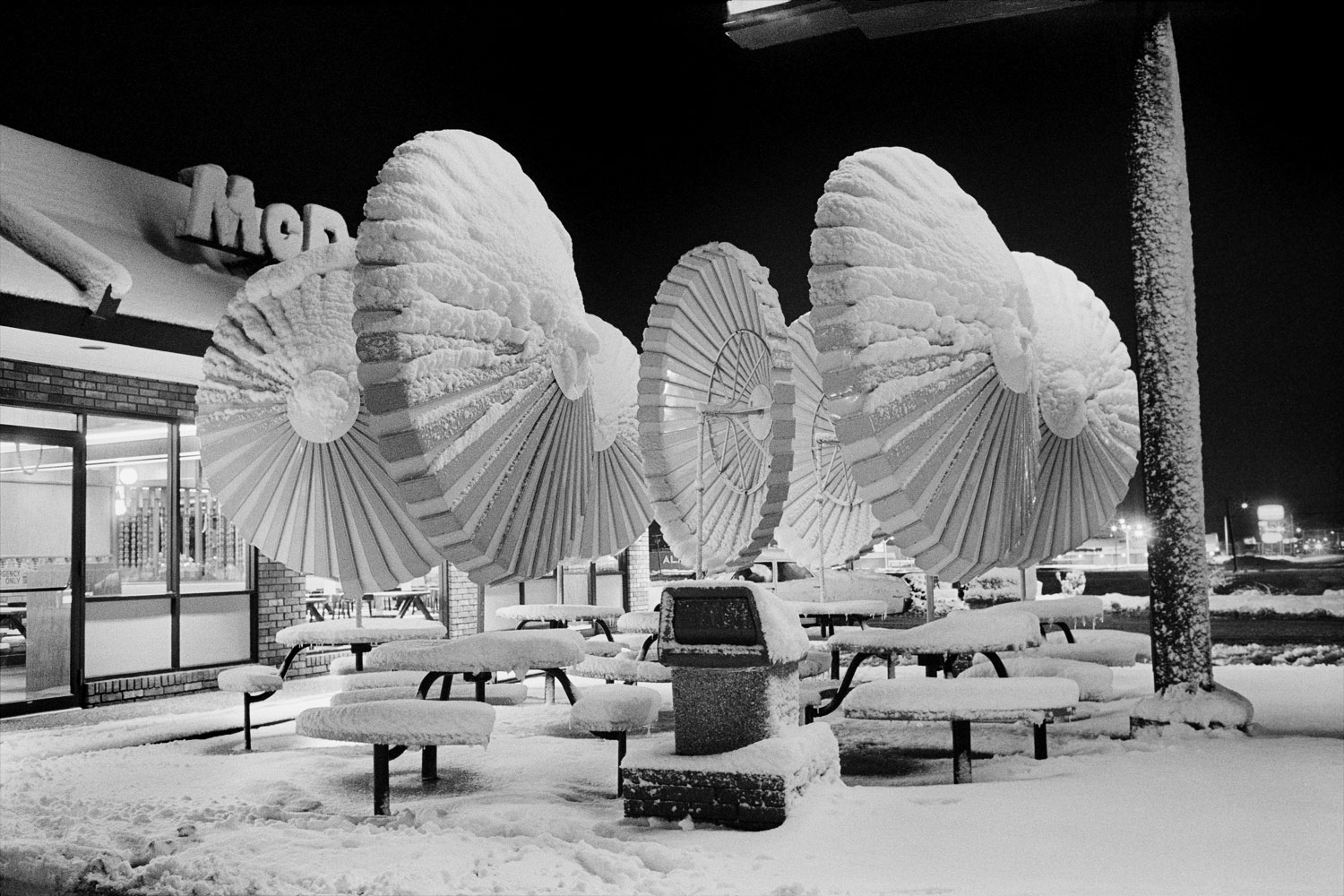
More Must-Reads from TIME
- Your Vote Is Safe
- The Best Inventions of 2024
- How the Electoral College Actually Works
- Robert Zemeckis Just Wants to Move You
- Column: Fear and Hoping in Ohio
- How to Break 8 Toxic Communication Habits
- Why Vinegar Is So Good for You
- Meet TIME's Newest Class of Next Generation Leaders
Contact us at letters@time.com